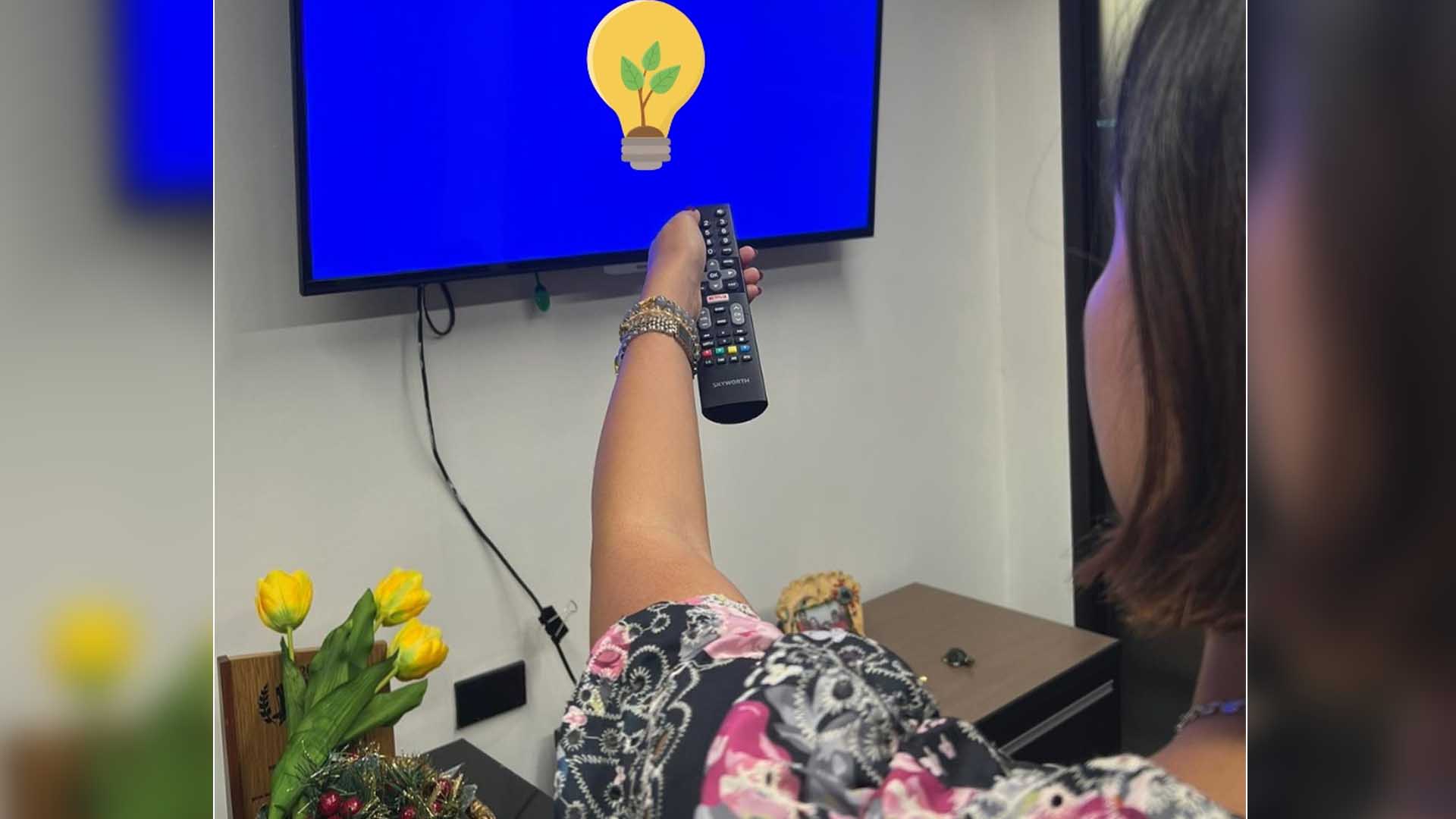There might have been times when we would look at our own electricity bill and ask, “How has my bill reached this amount? How does the electric power company determine my bill?”
To understand our electricity bill, first, we must look at how much energy our household, establishment, or company is using; and second, we have to know the charges that come with our being able to access electricity.
How much energy we use depends on the accumulation of electric devices or appliances that we have kept running within our household or establishment for a time. Let us now take as an example the electricity that a household uses in a month.
Each electric device or appliance has a power rating. A power rating tells us how much electricity a device or appliance needs so that the device works as expected. The power rating, and the duration of use give us a picture of how the device contributes to our energy consumption at home. For example, a clothing iron with a power rating of 1,000 watts per hour, when used for an hour, consumes and registers 1 kilowatt per hour on a working meter.
It would be important to understand, too, how some of our electric appliances work. An air conditioning unit may consume energy to varying degrees, depending on outside temperature, or on the number of people and heat-producing appliances in a room, among others. While we may think we are sure how long we are using the refrigerator, the refrigerator’s energy consumption may change depending on how much food or drinks we put inside it, or how often we open and close its door.
In a month, all of the household members’ electric appliance or device use result in the total energy consumption of the household. The household’s energy use registers in a meter, which a representative from the power company checks at specific times in a month. The reading from the previous month is subtracted from the reading for the current month to compute for the energy use to be billed to the household in the present month.
Our use of electricity is possible: (1) because there is power produced or generated, (2) because there are systems that transmit electricity across places—from where the electricity is produced to the substations and city centers, and (3) because the transmitted electricity is distributed to consumers such as households. These activities involve resources such as land, structures, people, and machines. They entail costs, part of which may be shouldered by government or charged to consumers. As an example, in some countries, governments own distribution utilities.
In the Philippines, Republic Act No. 9136 or the Electric Power Industry Reforms Act of 2001, also known as the EPIRA Law, has provided a framework to help regulate and restructure our electric power industry. Part of this policy of government is to broaden ownership in the sectors of power generation, transmission, and distribution.
When electricity is produced, the generation is through different sources such as coal, diesel, natural gas, hydroelectric, solar or wind. Some of these may be imported to or generated within the country. The buying of electricity is vulnerable to price changes, and in many cases, it would be the generation costs that change and hence affect the change in our electricity bill.
Transmission of electricity across the country is through a state-owned power grid, which the National Grid Corporation of the Philippines (NGCP) develops, operates, and maintains. The use of transmission lines entails costs, too, and contributes to our electricity bill.
The distribution of electricity is where the Visayan Electric Company Inc. participates. Visayan Electric works like a retail store through which residential, commercial, and industrial consumers may access electricity. Visayan Electric’s work in helping ensure that electricity reaches consumers through distribution—along with its investment in people and equipment to carry out its role and commitment—is the service that forms part of what Visayan Electric’s customers pay for.
Taxes paid to government also contribute to our electricity bill. Energy tax collection contributes to our government’s resources.
The total consumption of a household, establishment, or company—and the costs of producing, transmitting, and distributing electricity—therefore make up most of our electricity bill. To learn more about the details of your bill, it would be helpful to also check with and ask your electric power company.








